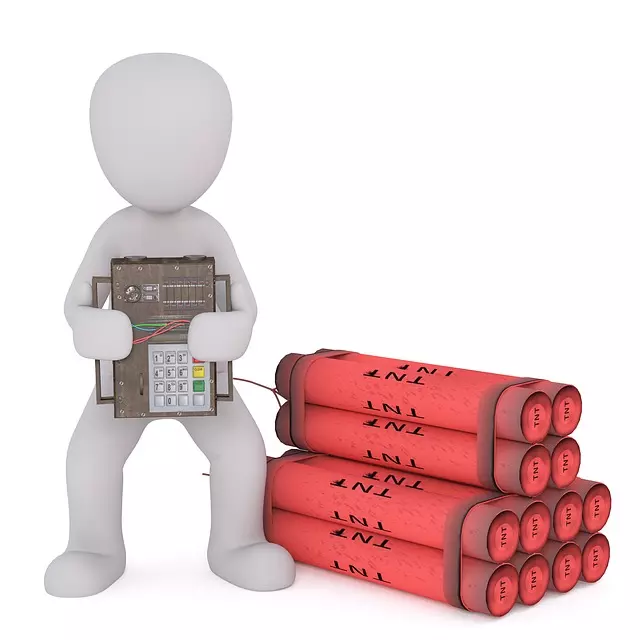Here you will find comprehensive information on guidelines and precautions for simple electrical work.
Information:
Please note that all instructions and information provided here are purely informative and are intended solely for informational purposes and education. They should not be considered a substitute for professional advice. In case of doubt, we recommend consulting a qualified electrician to obtain expert assistance. Safety is our top priority.

- Please note that all instructions and information shown here are purely informative and are intended solely for informational purposes and education.
- They should not be considered a substitute for professional advice.
- In case of doubt, please consult a qualified electrician.
- Errors in instructions and circuit diagrams are possible, therefore we disclaim any warranty or liability for any damages or injuries that may result from the implementation of this information.
- It is your responsibility to verify the accuracy of the information and take the necessary safety precautions.
- Your safety is our top priority.

Regulations and Guidelines:
Compliance with local regulations and guidelines is of utmost importance when working with electricity. Electrical work should only be carried out by qualified professionals as it can be life-threatening.
When performing electrical work, it is always important to comply with local regulations and guidelines and, if in doubt, consult a qualified electrician.
Electrical work should only be carried out by qualified professionals as it can be life-threatening.
Working on parts under voltage is strictly prohibited.
It is essential to comply with all applicable regulations regarding electrical wiring, installation areas, circuit protection, and circuit safety according to VDE guidelines and the technical connection conditions (TAB) of the respective energy provider.
In case of uncertainties, it is advisable to consult relevant specialized literature available in bookstores or seek advice directly from the energy provider.
Compliance with applicable regulations regarding electrical wiring, installation areas, circuit protection, and circuit safety according to VDE guidelines and the technical connection conditions (TAB) of the respective energy provider is mandatory.
Personal Protective Equipment (PPE):
The use of appropriate personal protective equipment (PPE) is crucial to ensure safety during electrical work. PPE is designed to minimize the risk of electric shock and other injuries, providing workers with a shield of protection against potential hazards. The following are the reasons why PPE is so important:

- Protection against electric shock: Electrical work always carries the risk of electric shock, which can cause severe injuries or even death. Insulated gloves are an essential PPE that protects hands from electric current and significantly reduces the risk of electric shock. They isolate the wearer from the power source, preventing electric current from flowing through the body.
- Eye protection: Electrical work poses the risk of sparks, flying particles, or chemicals that can injure the eyes. Safety goggles protect the eyes from such hazards and minimize the risk of eye injuries. They should always be worn to protect the sensitive eyes from harm.
- Protection against thermal hazards: Some electrical work may generate heat, whether due to equipment overload or electrical arcs. Protective clothing made of flame-resistant materials shields the wearer from burns and skin injuries caused by thermal effects.
- Protection against mechanical hazards: Electrical work can also involve mechanical hazards, such as sharp edges or falling objects. Sturdy protective clothing, such as coveralls or helmets, provides additional protection against such dangers and reduces the risk of injuries.
- Prevention of short circuits: When working on electrical installations, it is important to use PPE to prevent short circuits. Wearing insulated shoes or boots with non-slip soles reduces the risk of electric shock from contact with live parts or conductive liquids.
- Promoting safety awareness: Wearing PPE is not only a protective measure but also a symbol of the importance of workplace safety. It reminds workers that they are operating in a potentially hazardous environment and, therefore, must exercise special caution. It promotes safety awareness and helps prevent accidents.
It is important to emphasize that PPE alone is not sufficient to ensure safety during electrical work. Having the necessary knowledge, skills, and compliance with safety regulations is equally important. PPE should be considered as part of a comprehensive safety concept that also includes training, risk assessments, and compliance with regulations.
Overall, the use of appropriate personal protective equipment (PPE) is of utmost importance in electrical work to ensure the safety of workers. It protects against electric shock, eye injuries, thermal and mechanical hazards, and promotes safety awareness. Consistently applying PPE can minimize the risk of accidents and injuries, creating a safe working environment.
Working on Electrical Installations:
Electrical work should only be carried out by qualified professionals as it can be life-threatening.
Working on parts under voltage is strictly prohibited.
In addition to these guidelines and precautions, it is important that you have the necessary knowledge and skills to perform the work safely.</p >
In case of damage caused by faulty electrical installation, the installer of the system is always liable according to applicable legal provisions.
To ensure safety, appropriate safety precautions must be taken before starting the work. This includes de-energizing the system, which means interrupting the voltage to the system. This can be done in various ways, such as
- by switching off the circuit breaker,
- removing fuses,
- taking out NH fuses,
- turning off the residual current circuit breaker,
- turning off the motor protection switch,
- turning off the main switch
- or for plug-in electrical devices, unplugging the plug.
Please note that this summary of guidelines and precautions is not a comprehensive guide for all possible scenarios of electrical work. In case of uncertainty, it is always advisable to consult a qualified electrician or follow local regulations and guidelines to ensure maximum safety.
Remember that proper installation and maintenance of electrical systems and equipment are of great importance to minimize potential hazards and create a safe environment.